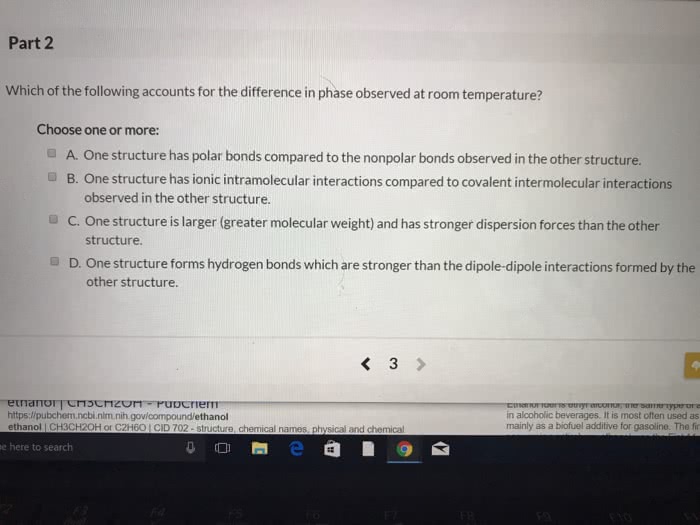CHEM1006 Lecture Notes - Lecture 16: Lewis Structure, London Dispersion Force, Valence Electron
Document Summary
Chemical bonds are the connections between atoms in a molecule. These bonds include both strong intramolecular interactions, such as covalent and ionic bonds. They are related to weaker intermolecular forces, such as dipole-dipole interactions, the london dispersion forces, and hydrogen bonding. The weaker forces will be discussed in a later concept. This pictures shows examples of chemical bonding using. Hydrogen and carbon are not bonded, while in water there is a single bond between each hydrogen and oxygen. Bonds, especially covalent bonds, are often represented as lines between bonded atoms. Acetylene has a triple bond, a special type of covalent bond that will be discussed later. Chemical bonds are the forces of attraction that tie atoms together. Bonds are formed when valence electrons, the electrons in the outermost electronic shell of an atom, interact. The nature of the interaction between the atoms depends on their relative electronegativity.


